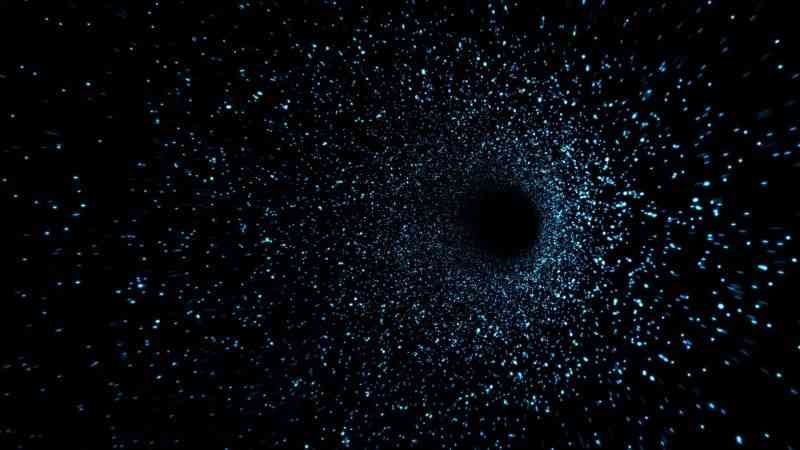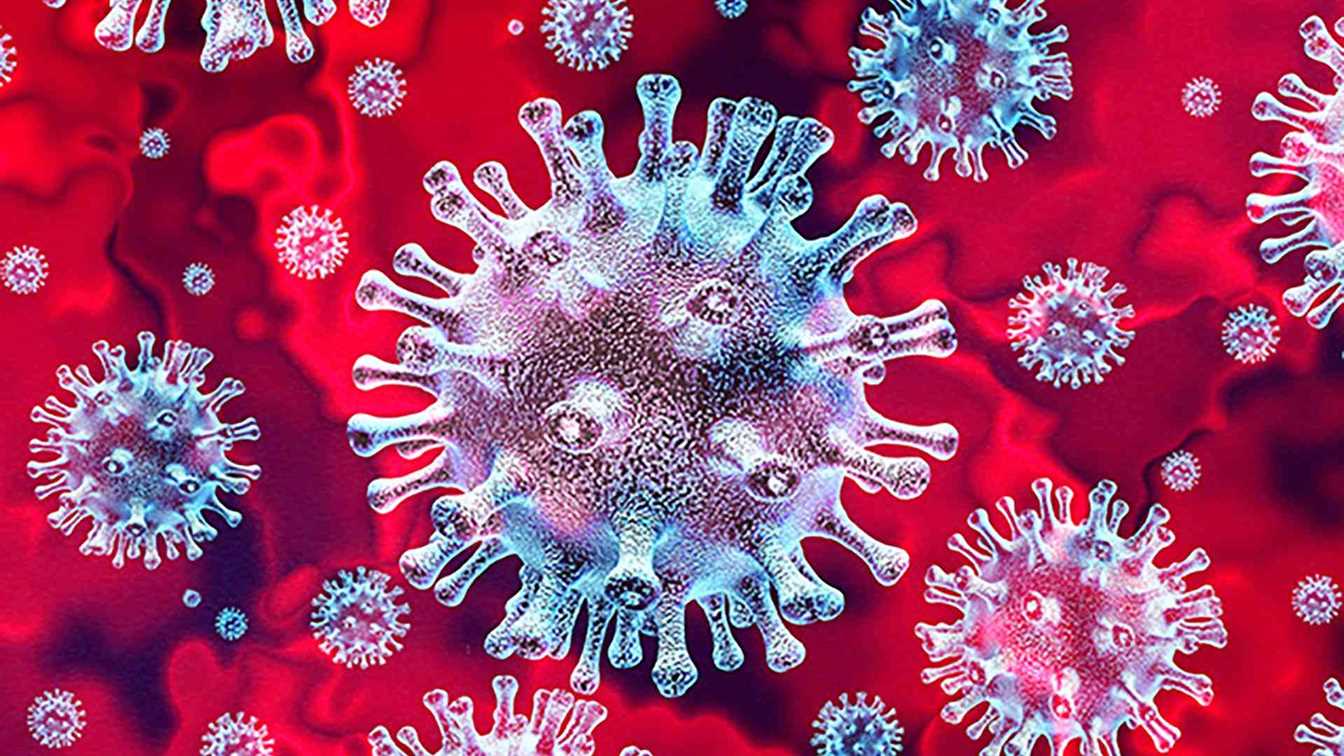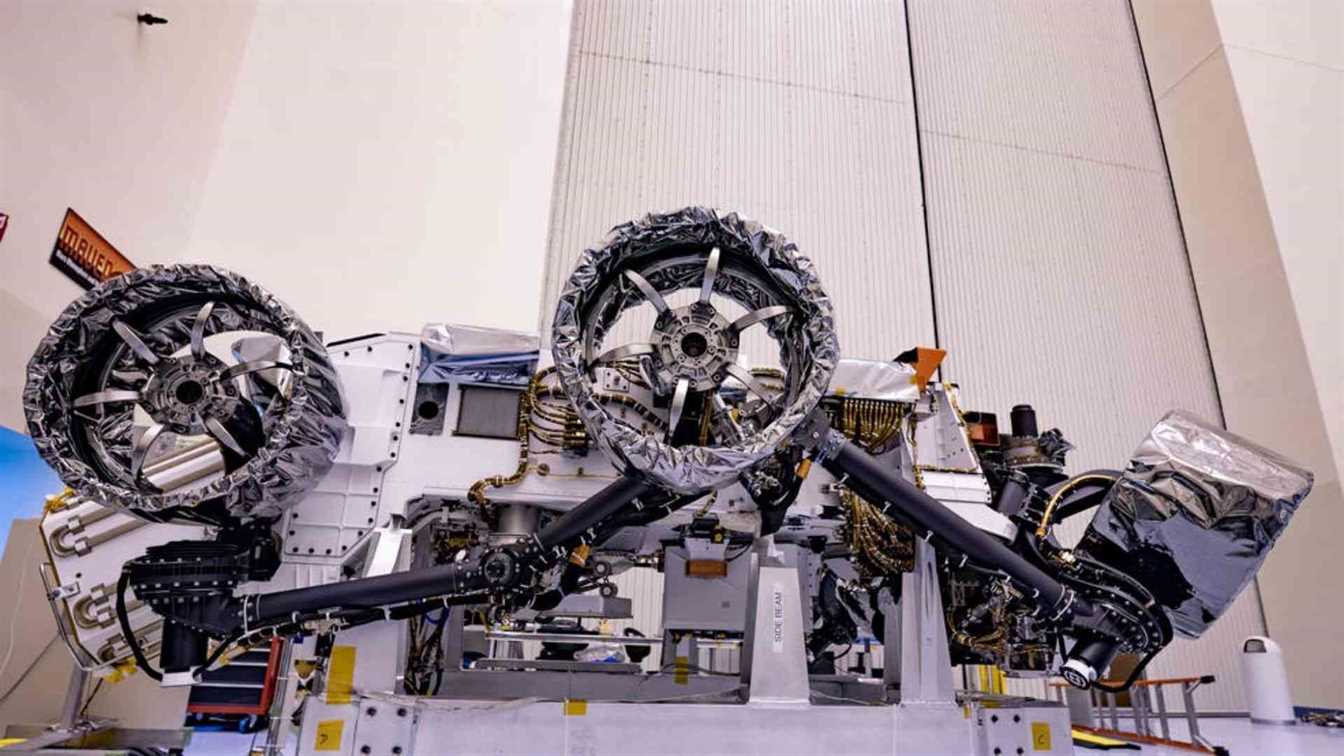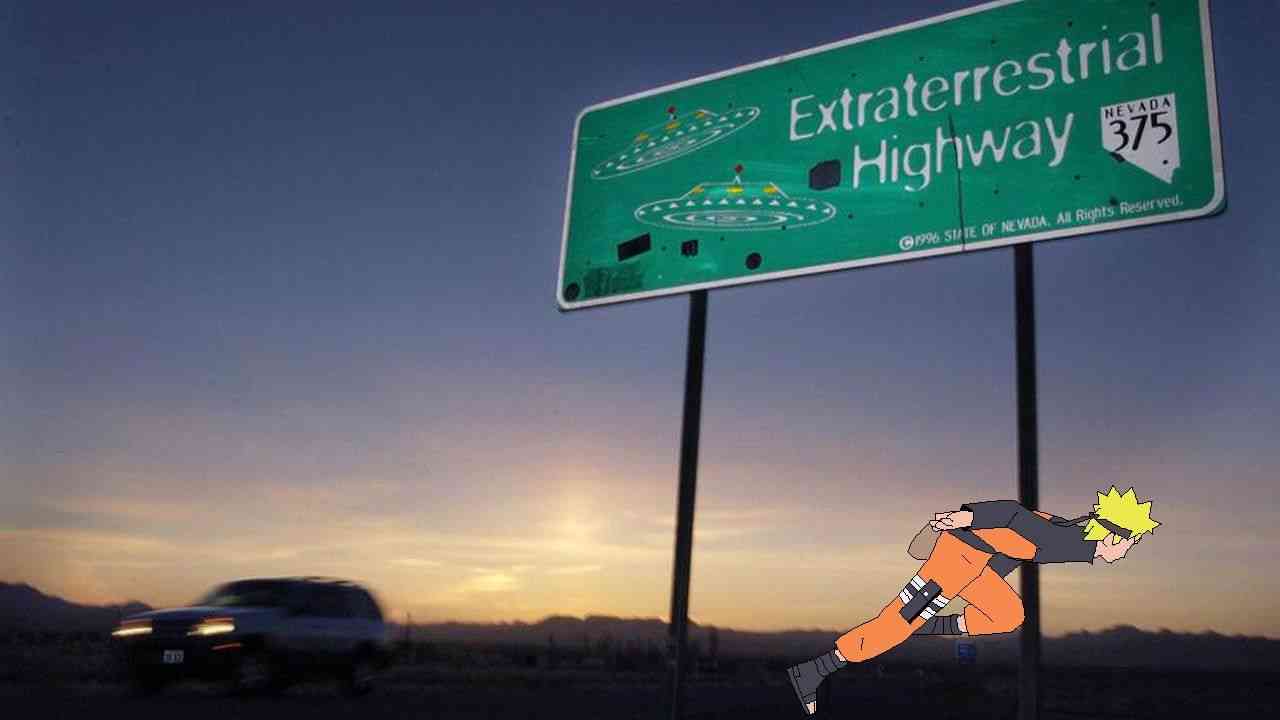Black Holes: New Discovered Ones Far From Earth
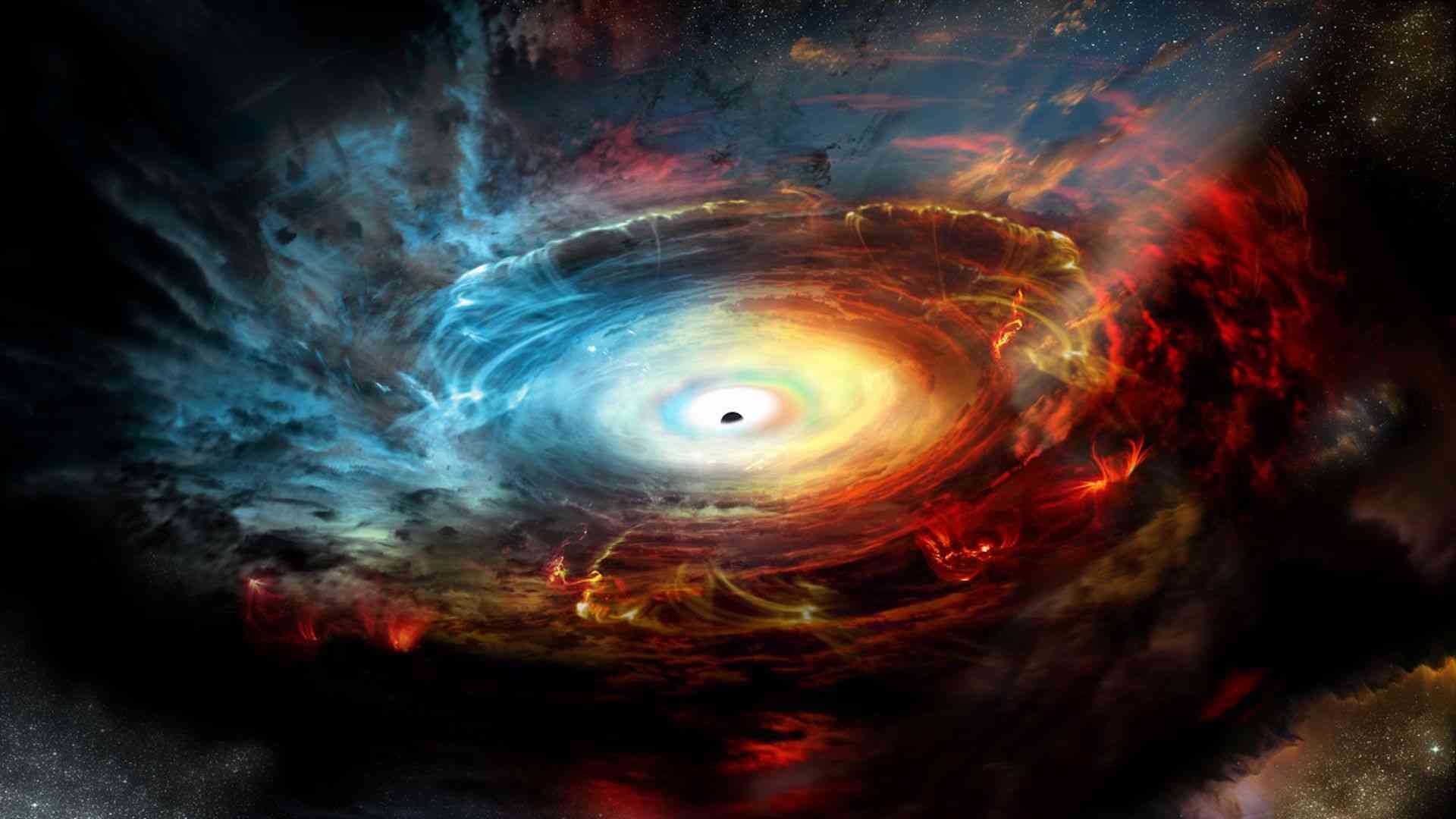
Black holes collisions tend to produce light by nature. You can also catch gravitational waves, but that’s all. We are not ready for more. However, scientists may have found one of the rare situations in which a collision occurred. A team that used May 2019 data from both the Laser Interferometer Gravity Wave Observatory (LIGO) and Europe’s Virgo detector was seen as the first example of a “glow of light” known from two interlocking black holes. If so, the key will likely be interactions with a third, larger counterpart. An incredible natural phenomenon. The universe never ceases to amaze us. It would be the first known example of a visible collision.
Major phenomenon: Black Holes
Many galaxies have supermassive black holes in their centres that can combine smaller black holes in the giant gas disc. Those who are interested in astronomy know this. When this happens, the new combined black hole can be sent in an unusual direction from the disc, creating a gas reaction days or weeks after gravitational waves appear.
The timing of the glow aligned with it and gradually disappeared for a month. Black holes are already a phenomenon that has been going on for years. We learn about them as much as a grain of dust every day. The researchers effectively eliminated other phenomena as possible causes; such a black hole ‘eats’ a star, a supernova, or a glow from the supermassive black hole itself. This is not absolute proof, at least not yet. We can not say that this will not be the answer we are looking for. Caltech astronomy professor Matthew Graham warned that astronomers cannot “completely exclude” other events. The result of this collision confirms current theories and represents a rare direct view of black hole activity. Space is like a spell.
When proven, we think it will be the greatest discovery of this century. You’ve lost your oars in an endless ocean, right? It was night, it got dark. Let this light be a light for the future of all humanity and disappearances.
